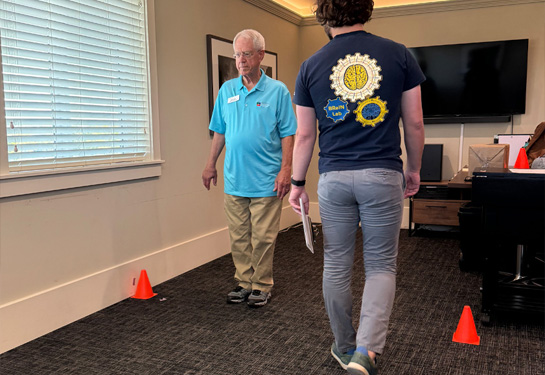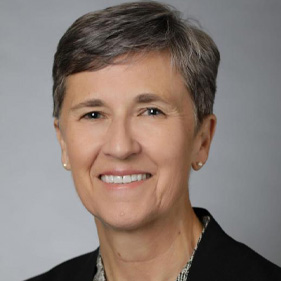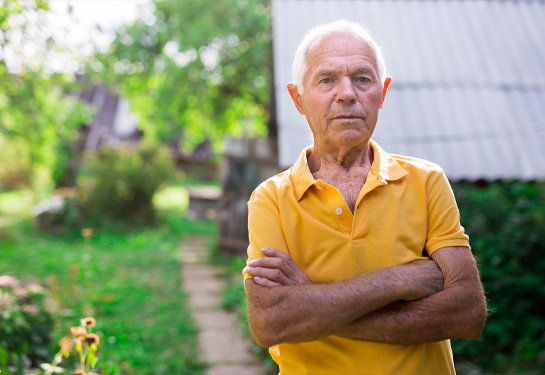Innovative research looks at walking and healthy aging
UC Davis Health partners with local retirement community to advance research
The way that we walk changes as we age. Some of these changes are expected. But some are not and can signal other health issues.
Poor gait, which is a person’s manner of walking, also can lead to falls, which are the leading cause of serious injuries for adults 65 years and older.
Residents of the University Retirement Community (URC) in Davis, know they are potentially at risk. So, they have volunteered to improve their future odds by partnering with a UC Davis Health researcher developing digital health solutions.
The sixth vital sign
The study, led by Professor of Physical Medicine and Rehabilitation Carolynn Patten, focuses on understanding the gait patterns of older adults in their natural environments. By using a non-intrusive camera system, the research team gathers valuable data without the need for participants to visit a clinical setting. This approach is more comfortable and convenient for participants. It also ensures that the data collected reflect real-world conditions.

Physical activity offers many health benefits for older adults, as evidenced by numerous studies. Moreover, low-intensity physical exercise, like walking, helps prevent age-related diseases, making it a valuable tool for promoting healthy aging.
“In recent years many clinicians have argued for use of gait speed as a sixth vital sign,” said Patten. She is a neuroscientist and physical therapist who specializes in assessment and treatment of motor dysfunction associated with aging, such as stroke and cognitive decline. “But gait speed alone provides limited information, particularly about why a person’s gait speed may change.”
She adds that the well-coordinated pattern of mature human walking is highly sensitive to changes in body systems — cardiorespiratory, brain, musculoskeletal and sensory. Looking ‘under the hood’ of one’s gait pattern can tell researchers a lot, particularly whether individuals are affected by an underlying health condition and may be at risk for larger problems down the line.
The ‘holy grail’
In the U.S., one in four older adults reports falling every year. That translates into a cost of about $50 billion on non-fatal, fall-related injuries. At UC Davis Medical Center, one of the primary sources of trauma in the Emergency Department is older adult falls.
But what if we could measure changes in the way people walk and use this information to help older adults maintain their health, independence and safety?
“Measuring the whole three-dimensional gait pattern produces many variables that provide us these types of insights. For example, the rate and variability of trunk movement during turning is predictive of falls,” Patten explained. “Even more notable is that such differences are found among older adults who usually walk at about the same speed, emphasizing the need to look far beyond gait speed.”
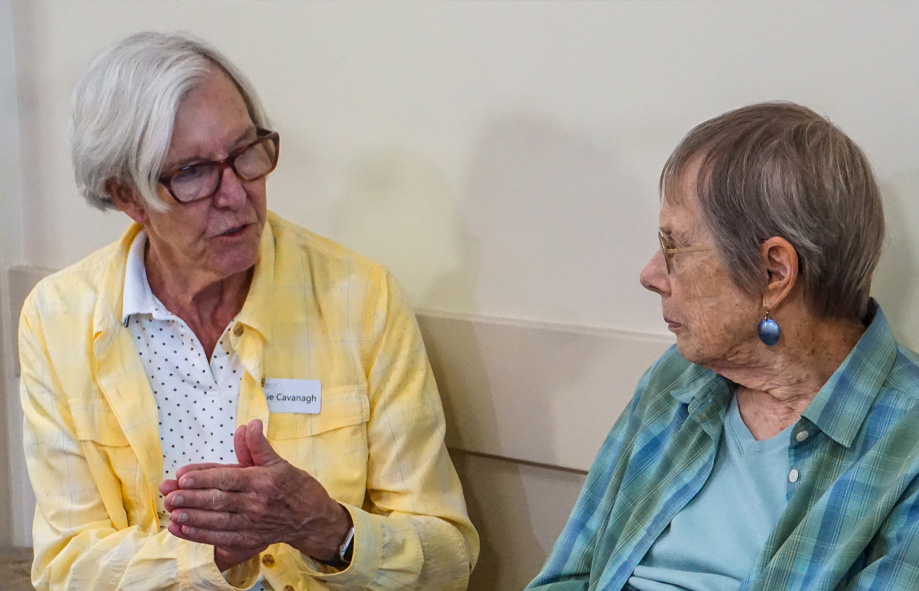
An ‘eye-opening’ experience
Patten’s lab has pushed the limits of what’s known as markerless motion capture technology to enable comprehensive 3D gait analysis outside of the traditional laboratory. Sensors need not be worn by the participants.
The technology leverages computer vision and deep convolutional neural networks to perform 3D analysis. Deep convolutional neural networks are a type of artificial neural network that use machine learning to identify patterns in images and videos.
Volunteers — so far, 80 who live at URC — simply walk in their usual manner and perform other simple movements, such as turning along the 20-foot walkway, and balancing tasks. The markerless tool enables them to be studied wearing their own clothes and shoes even if they require an assistive device.
“The balance exercises were eye opening. I realized I’m not 25 anymore and even though I think I can do everything just fine, there are limitations,” joked 75-year-old Liza MacMorris. “Anything that helps you live longer is important. We’re the greatest bunch of guinea pigs UC Davis can have!”
In minutes, Patten and her team have valuable data that once took hours in a sophisticated clinical lab to acquire and weeks to analyze. The machine learning algorithm imposes a skeleton on the participant’s video. Researchers can use this to develop a biomechanical model and generate the information required to calculate joint angles from hip, knee and ankle in three dimensions. They send participants a report via email.
“This approach is a game changer,” Patten said. “From this basis, we can generate a variety of parameters that inform us about the quality and integrity of a person’s movement. This is the holy grail for the type of science we do.”
The link between changing gait and brain health
The data provide early detection of changing health status and:
- Serve as a marker of disease progression
- Enable early management of disabling conditions
- Inform necessary health care planning for older adults and caregivers
Patten says looking at individual gait parameters offers a more complete picture of one’s health status. Perhaps surprisingly, certain gait variables — such as step-to-step variability and stride time — are associated with cognitive decline. Patten and collaborators will apply advanced bioinformatic approaches to investigate the complex relationships between different aspects of gait and health, particularly brain health.
The goal is to develop a novel predictive analytics tool for clinicians to detect underlying health conditions that may compromise physical function and mobility in older adults over time.—Carolynn Patten, UC Davis Health neuroscientist
“The goal is to develop a novel predictive analytics tool for clinicians to detect underlying health conditions that may compromise physical function and mobility in older adults over time,” she said.
It’s life-saving information, given that the number of falls in this population is projected to double by 2060!
Testing in the community
Taking the technology from the lab into the community allows Patten to develop a group of individuals who can be followed over time. URC residents jumped at the chance to be a testing site for the new technology.
“We were pretty excited about it because we’re a perfect cohort for what she’s trying to do,” explained Joan Cavanagh, a resident who serves on the URC steering committee. “We put out the sign-up sheet on a Friday morning and by Saturday it was full and we started a waiting list.
Patten’s URC study will run for at least two years, to allow for repeated assessments of the participants.
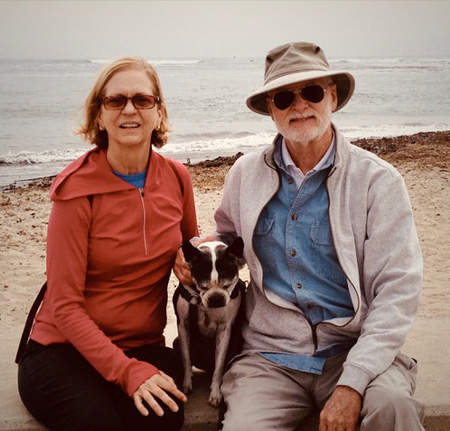
“Right now, I don’t know what connection there is between my gait and my health. I’m curious to see what they can tell from the test,” said 77-year-old resident John MacMorris.
Patten and her team are also conducting a related study at the UC Davis Health Healthy Aging Clinic with a different digital technology. They spend two days a week recruiting participants who seek clinical care with geriatricians. Their goal is to enhance information clinicians use for diagnosis and clinical management.
A step to longer independence
Patten is just one researcher in the Healthy Aging in a Digital World initiative aimed at using technology to provide a bridge between independent living and access to health care. With more than 85% of people wanting to remain in their homes as long as they can, UC Davis Health researchers are working to develop digital solutions that work with an individual’s caregivers and their health care providers.
“In the long run, we envision the data from our study will inform interventions and self-management strategies to add life to years in vital older adults such as those at URC,” Patten said.
For additional reading:
Bringing 3D gait analysis technology to clinical and community settings
Tool to support long-distance caregivers gets NIH funding boost

